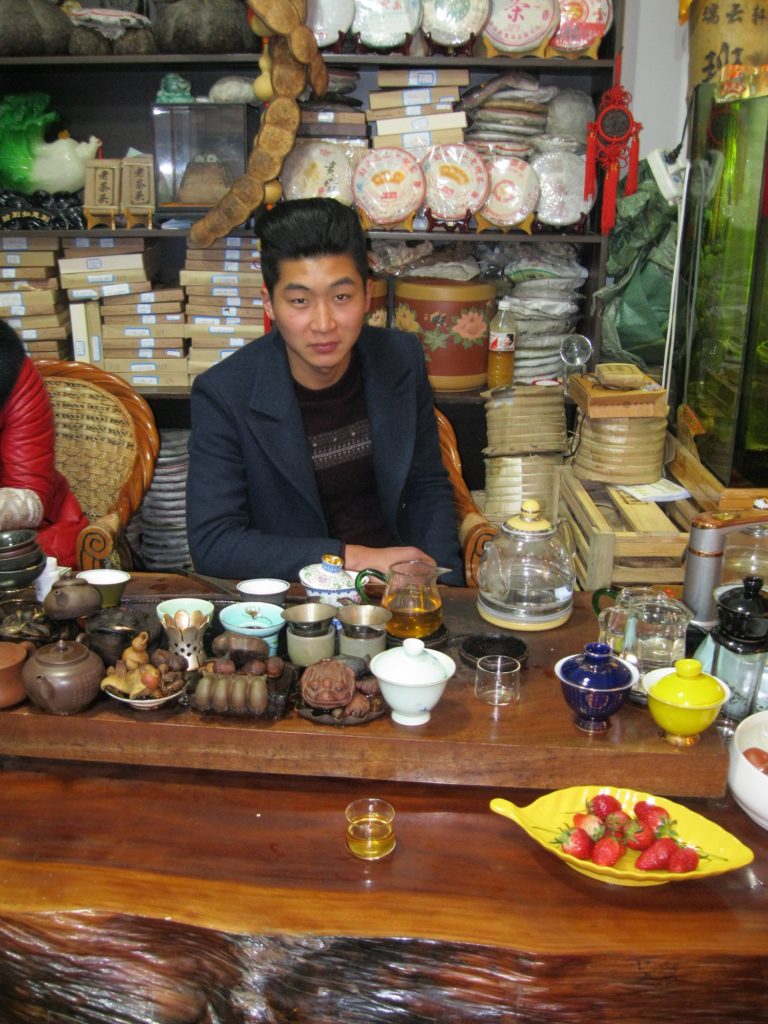Puerh Junky Rating System

So in this past month of ’20 August, I devised the Puerh Junky Rating System (PRS). The idea was to create a system where the most significant puerh rating variables could be tabulated. It appears to be a robust system; productions that I consider to be exceptionally good, still haven’t maxed out. Below, I shall elaborate.
Puerh Rating System
Rating puerh may not be as arbitrary as it appears. There are established parameters that apply to tea as with any other thing that is consumed according to the traditional Chinese empirical and aesthetic standards. This system is reflected in puerhs. The particular variable of “durability” is omitted from the PRS since tests involve only three infusions in 150 ml gaiwan or pot.
Factors like “aroma”, “clarity“, and “huigan” are self-evident. More of each is easily accounted for. Conversely, “astringency” and “viscosity” are relative measures. Some productions should be less viscous or more astringent given the overall character. How this determination is made is more up to the tester. The attribute of “qi” is easily the most subjective and most difficult to score. Regarding qi, there is often a misconception that it relates solely to its “tea drunk” or “whole body” effects, which isn’t the case. There is so much confusion about what the Chinese mean by “qi,” but suffice it to say it is some activity. Gut busters have humongous qi, but it’s not desirable. For what its worth, gut busters are NEVER offered on this site. Qi is a quality in addition to an action.
The Puerh Junky Rating System (PRS) is a five-point scale. Three on the scale marks average, whereas 2 and 4 reflect below and above the average respectively. In the case of the “qi” rating, no average is assumed. A rating of 1 doesn’t reflect a qi below any average, only that that is how much it was detected. In the course of testing the PRS, often items received no mark at all. It is usually very rare for the qi of a puerh to be detected in the first pot.
There are seven equally weighted variables totaling 35 points. The three rounds combined offers a maximum of 105. Let’s now look at the seven variables, outlined in the order in which they are usually evaluated.
- Aroma
- Clarity
- Sweetness
- Viscosity
- Astringency
- Huigan/Aftertaste
- Qi
By figuring the average of the three sessions for each of the seven variables, we can arrive at the following grading system.
- 105 – 84 = A
- 83 – 63 = B
- 62 – 42 = C
- 41 – 21 = D
What I’ve noticed is since the qi variable is very difficult to gain points on yet highly regarded that this grading system is fair and robust. From the scale, which I’ll be using henceforth in listing of offerings, one will be more accurately be able to judge just how much of a steal an item is, as well as how much factory prestige and offering availability in China factors into pricing.
So far, I’ve been quite impressed by how my ratings affirm my general impression the puerh itself. This is influenced very little by noise generated through connections and reputation. The PRS looks to be a perfect compliment to narratives of tea experience.
